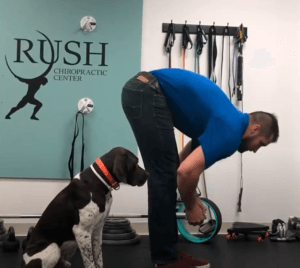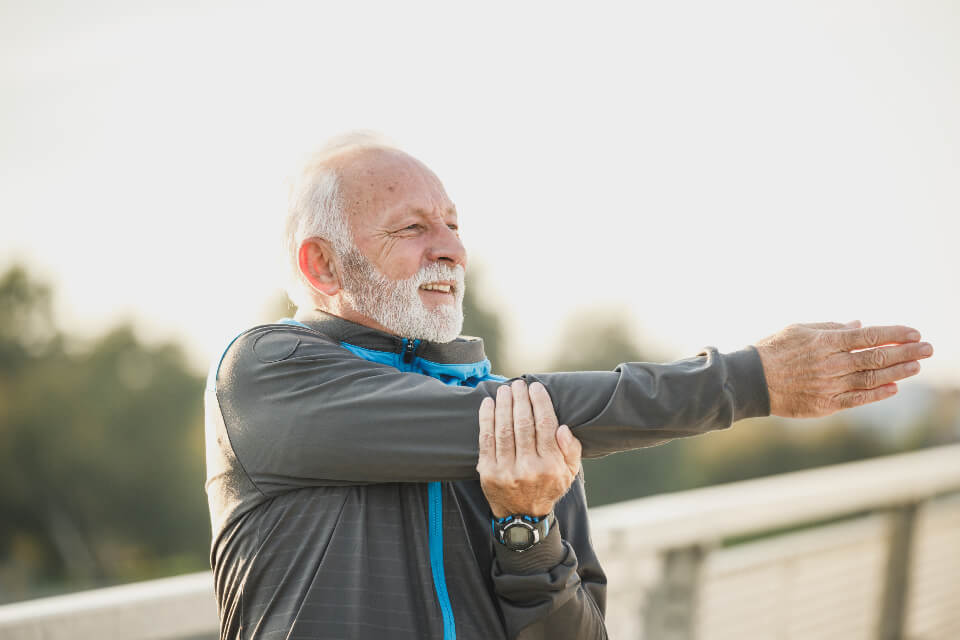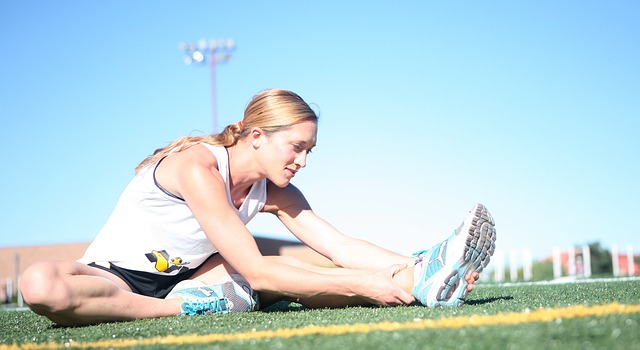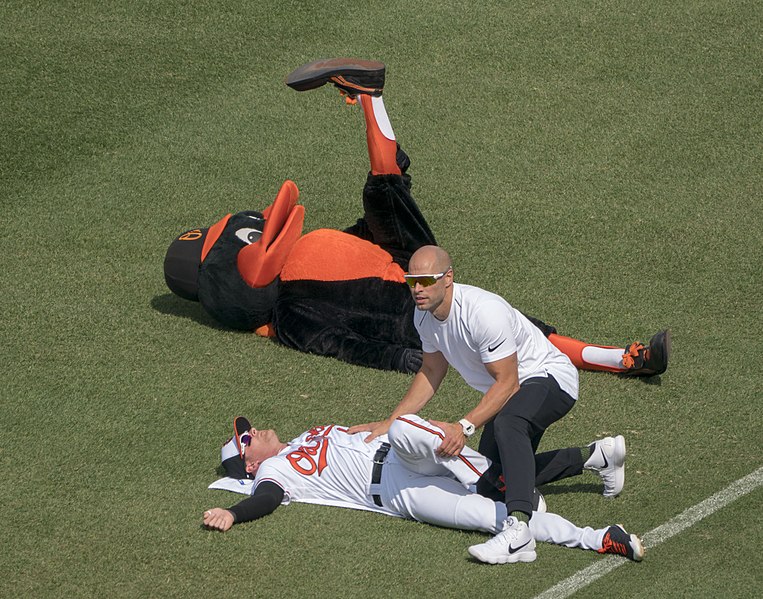Table of Contents
The 4 Types Of Stretches
To perform optimally in our activities and events as well as avoid injury, we need to be properly warmed up and cooled down. Just as there are different types of flexibility (active, passive and dynamic), there are also different types of stretches. In this article we will dive into the basics of all of the main types of stretches.
#1. Ballistic Stretching
Ballistic stretching is a type of stretching that is typically done by dancers, gymnasts, acrobats, martial artists and athletes whose performance requires forceful movement through full ranges of motion. This type of stretching can be beneficial, however it does have some inherent risks. Ballistic stretching is performed by actively pushing a muscle through and past its normal range of motion by use of kinetic energy, momentum and force production. Muscles typically use stretch receptors to tell them when they are being pushed too far, however ballistic stretching bypasses these receptors and allows for the stretch to enter a greater range of motion. This is the reason that ballistic stretching can actually lead to muscle strain and injury. For this reason, ballistic stretching is not recommended for all individuals.

#2. Dynamic Stretching
Dynamic stretching is a movement based stretch that moves the individual joints and muscles within their own physiological range of motion. This is often performed during a warm up to avoid muscle injury (strain or tear), increase joint flexibility, and optimize performance. This stretch can include a series of movements that involve both upper extremities and lower extremities. This type of stretching is functional and should be used to mimic movement of the individuals activity or sport that will later be performed. To perform dynamic stretching, the individual moves the part of the body being stretched, gradually increasing the reach and speed of movement. Controlled movement is the main difference between dynamic and ballistic stretching. Dynamic stretching must always be performed with full control of the body parts speed, path and movement. Whereas, ballistic stretching oftentimes is uncontrolled. Dynamic stretching takes the body part gently and controlled to the limits of your physiologic range of motion but not past. This dynamic flexibility is very useful for warm up prior to activity. Perform 8-10 repetitions at a time being sure to stop if you notice fatigue. Perform dynamic stretching until maximal range of motion is achieved.

#3. Passive Stretching
Passive stretching is also known as static stretching or relaxed stretching. This type of stretching involves the individual holding a position in which the muscles are completely relaxed. This stretch requires another individual, some kind of towel/strap/band, or the use of gravity. Passive stretching requires no muscular contraction but instead an external force to provide the full effects of the stretch. This form of stretching is considered the safest along with being beneficial in regards to improving flexibility and reducing muscular spasm. This type of stretching is recommended after a sporting event or athletic activity. Passive stretching is not recommended for most muscular injuries.

#4. Active / Isometric / Proprioceptive Neuromuscular Facilitation (PNF) Stretching / Post-Isometric Relaxation
Active stretching or Proprioceptive Neuromuscular Facilitation (PNF) stretching involves the use of a towel/strap/band or another individual. This type of stretching is defined as alternating contraction and relaxation of both agonist and antagonist muscles through a static stretch followed by an isometric contraction of the muscle that is being stretched. The use of Active / PNF stretching was first used in clinical rehabilitation settings but is now seen in other many other settings as well. This type of stretch is seen with being the most beneficial in regards to improving flexibility. This type of stretching is one of the fastest ways to develop flexibility and is more effective than passive stretching. It also has the added benefit of strengthening the muscles that are being isometrically contracted and is typically more comfortable that static stretching.
To perform this type of stretch:
- Assume the position of the static stretch
- Isometrically contract the stretch muscle for 10-15 seconds (use an external force for resistance; partner or stretch strap)
- Relax muscle in between sets
- Proprioceptive neuromuscular facilitation occurs when you increase the range of motion after each relaxation phase
- Repeat

- healthline.com/helath/ballistic-stretching-it-safe#risk-factors
- https://www.healthline.com/health/exercise-fitness/dynamic-stretching
- https://www.ncbi.nlm.nih.gov/pmc/articles/PMC6370952/
- https://riverview.org/blog/fitness-2/how-to-perform-static-dynamic-passive-and-pnf-stretches/
- https://www.cooperinstitute.org/2014/03/self-pnf-stretching-better-than-static-stretching/




